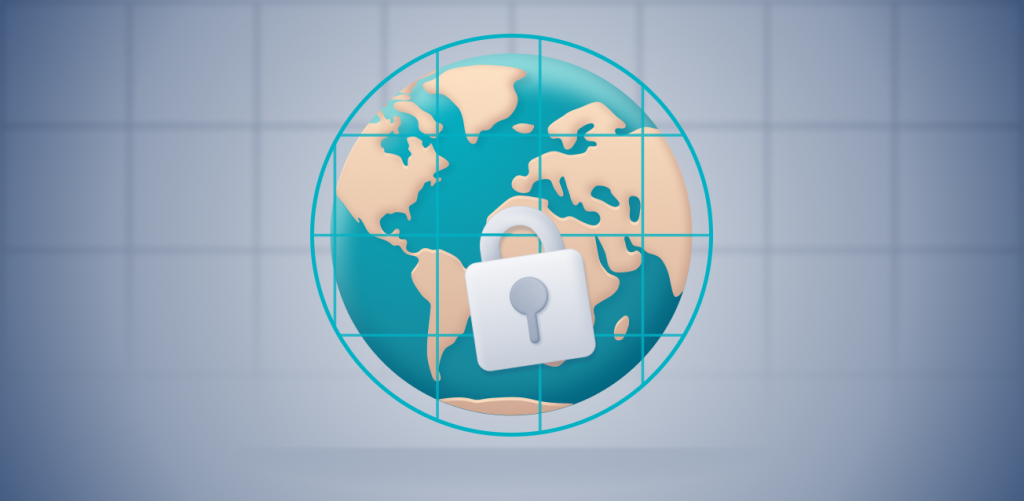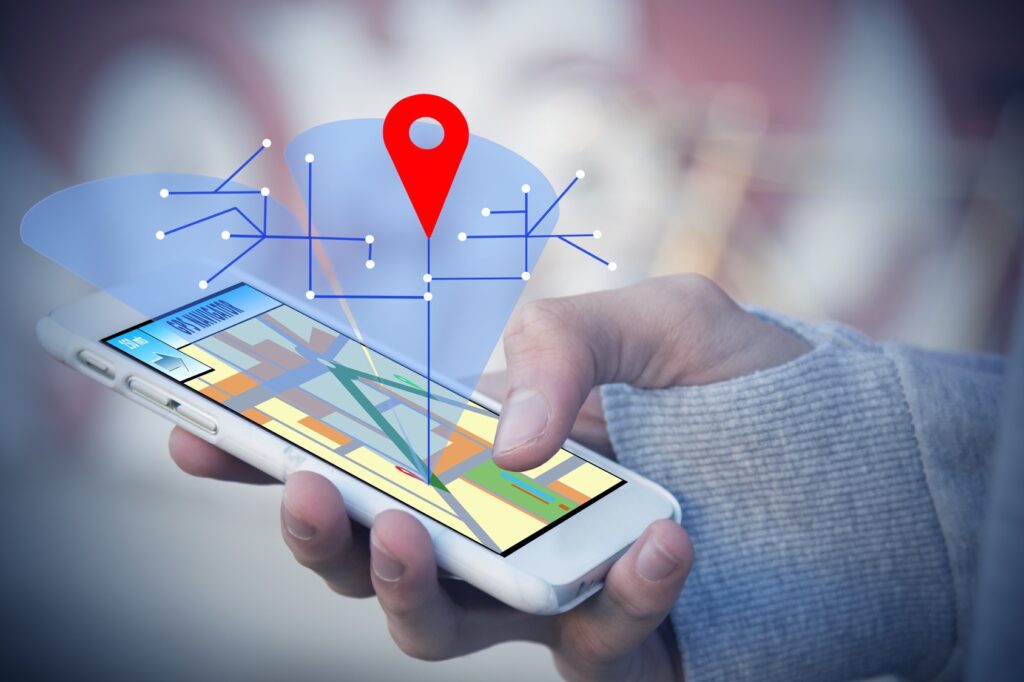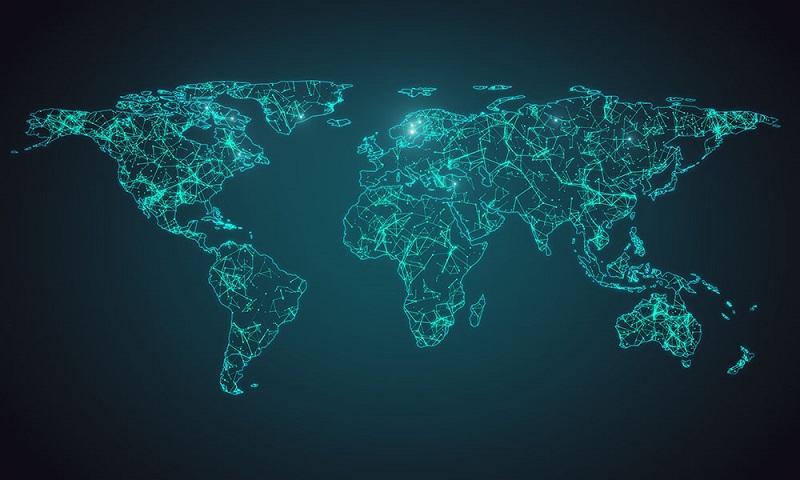The dynamic relationship between geolocation and geoblocking is a key factor in determining how devices expose and limit their physical locations. Geolocation is finding a device’s precise location, and using that information to impose access restrictions is known as geoblocking.
Collectively, they impact online interactions, ranging from content accessibility to focused marketing. Navigating the complex interactions between technology, privacy, and digital accessibility requires an understanding of these words. This article examines a thorough understanding of geolocation and geoblocking.
Geoblocking
Geo-blocking is a framework for blocking or restricting one’s access to internet content following a consumer’s geographic location.
To be specific, geo-blocking refers to preventing access to a resource that is accessible across a network depending on the consumer’s or system’s actual location. Blocking can take two forms: blocking at the system or network level. At the system level, blocking might take the form of allowing an application to reject or ignore an attempted access.

Geoblocking mechanics
In a geo-blocking framework, the user’s physical location is computed by monitoring the user’s IP address against an approved blacklist or whitelist, GPS searches in the case of a mobile device, user accounts, and assessing the total latency of a network connection.
The outcome of this check determines whether the system will authorise or restrict access to the website or specific content. However, there are ways to unlock geo-blocked content such as using VPNs, which can help unlock movies, games, or something else you are looking for.
Understanding geolocation
Geolocation is the structure of determining an object’s precise geographic location. This identification is accomplished by employing GPS to come up with a set of geographic coordinates and then utilising those coordinates to locate a significant location. A more comprehensive location estimate is to use IP Addresses obtained from the My IP website, which are given to all internet-connected devices.
Triangulation, which reduces a user’s position based on neighbouring network signals, is made possible by Wi-Fi and mobile cellular networks. When these technologies are combined, they form a comprehensive geolocation system that drives a range of services and applications.

Benefits of geolocation
Some major benefits of geolocation are mentioned below:
- Customised Marketing Expertise: Marketing becomes more effective when personalised push notifications and SMS alerts powered by geolocation data overtake generic messaging.
- Identification of Strategic Opportunities: Specially designed tools enable firms in a variety of industries to identify possibilities and maximise earnings through the strategic use of networks and distribution channels.
- Optimised Customer Journey Insights: Geospatial and location intelligence reveal comprehensive insights into users’ before and after-visit locations. This knowledge benefits cross-selling or upselling initiatives that enable businesses to customise offers based on user patterns for mutually beneficial partnerships.
- Resource Allocation Facilitation: Geo-location technology frees up manpower from tracking products or vehicles, allowing for efficient allocation to areas that maximise overall productivity.
Interrelationship between geolocation and geoblocking
Geolocation and geoblocking are interrelated through a cause-and-effect dynamic. Geolocation, pinpointing a user’s location, serves as the trigger for geo-blocking mechanisms. Organisations use this geographical data to enforce access restrictions, tailoring content availability based on regional considerations, legal requirements, or licensing agreements. In essence, geolocation acts as the foundation upon which geoblocking is implemented, creating an interconnected relationship that influences the accessibility and distribution of digital content across different regions.

For even more tech features like this, click right here.